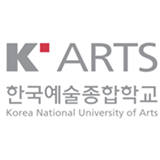Korea National University of Arts (한국예술종합학교, referred to as K-Arts)
Overview
Established: 1991
Nature: National University of Arts
Location: The main campus is located in Seocho-dong, Seocho-gu, Seoul, South Korea. There are three campuses: Seokguk, Seocho, and Daehak-ro.
Current President: Kim Bong-ryul (as of November 2023)
Educational Philosophy
The educational philosophy of the Korea National University of Arts is "artistic creation and innovation", emphasizing the cultivation of artistic talents with international competitiveness and social responsibility through high-quality art education and research.
Historical Background
1991: The Korea National University of Arts was officially established. It is a 4-year national art university affiliated to the Ministry of Culture, Sports and Tourism of South Korea.
1993: Enrollment was officially opened.
Modern: K-Arts has become a leader in the field of art education in South Korea, and its various art disciplines have been ranked first in various art majors in Korean universities for many years.
Disciplines and Departments
Undergraduate Programs:
Conservatory of Music: Vocal, Instrumental, Composition, Conducting, Musicology, etc.
Conservatory of Drama: Playwriting, Stage Art, Acting, Directing, Drama, etc.
Conservatory of Image: Film, Broadcast Image, Multimedia Image, Animation, Image Theory, etc.
Conservatory of Dance: Experimental Dance, Modern Dance, Ballet, Folk Dance, etc.
Conservatory of Fine Arts: Painting, Sculpture, Printmaking, Photography, Visual Arts, etc.
Conservatory of Traditional Arts: Traditional Music, Traditional Dance, Traditional Crafts, etc.
Graduate Programs:
Each college has master's and doctoral programs, covering music, drama, image, dance, fine arts, traditional arts and other directions.
Featured Majors
Image Branch: has trained a large number of first-class Korean actors who are familiar to Chinese audiences, such as Song Hye Kyo and Lee Min Ho.
Conservatory of Music: It has an important position in the field of music education and has trained a large number of outstanding musicians and artists.
Conservatory of Drama: It has an important position in the field of drama and performing arts and has trained a large number of outstanding actors and directors.
Conservatory of Dance: It has an important position in the field of dance education and has trained a large number of outstanding dancers and choreographers.
College of Fine Arts: It has an important position in the field of visual arts and has trained a large number of outstanding painters and artists.
College of Traditional Arts: It has an important position in the field of traditional arts and is committed to inheriting and developing Korean traditional culture.
Campus
Seocho Campus: Located in Seocho-dong, Seocho-gu, Seoul, the campus environment is beautiful and the facilities are modern, including advanced laboratories, libraries, sports facilities, etc.
Seokguk Campus: Located in Seokguk-dong, Gangdong-gu, Seoul, it is mainly responsible for the teaching of the Conservatory of Music and the College of Traditional Arts.
Daehakno Campus: Located in Daehakno, Jongno-gu, Seoul, it is mainly responsible for the teaching of the Academy of Drama and the Academy of Image.
Contact Information
Official Website: https://www.karts.ac.kr/
Address: 135-1, Seocho-dong, Seocho-gu, Seoul, South Korea
Tel: +82-2-549-3114
Email: admission@karts.ac.kr
Ranking
QS Asian University Rankings 2024: Not in the top 500
QS World University Rankings 2023: Not in the top 1000
JoongAng Ilbo University Comprehensive Assessment 2023: Ranked first among Korean art universities
Other Information
Admission Requirements:
Undergraduate: Applicants usually need to have a high school diploma, some courses require Korean proficiency (TOPIK level 3 or above), and English-taught courses require English proficiency (TOEFL, IELTS, etc.). Admission requirements are very strict and competition is fierce.
Postgraduate: Applicants usually need to have a bachelor's degree in a related major, some courses require Korean proficiency (TOPIK level 4-6), and English-taught courses require English proficiency (TOEFL, IELTS, etc.).
Scholarship: The school offers a variety of scholarship opportunities, including government scholarships, on-campus scholarships, etc., to help outstanding students reduce their financial burden.
Internship opportunities: The school cooperates with many companies and art institutions to provide students with abundant internship opportunities and enhance their practical work ability.
International cooperation: The Korea University of Arts has signed academic exchange agreements with many universities around the world, providing exchange student programs and dual degree programs to help students expand their international perspectives.
Features and achievements
Academic research: The Korea University of Arts has achieved remarkable results in many fields of art research, especially in music, drama, video, dance, fine arts, traditional arts and other fields.
Internationalization: The school actively promotes the process of internationalization, attracts a large number of international students and scholars, and provides a variety of international courses and programs.
Alumni network: The alumni of the Korea University of Arts are spread across all walks of life, and many alumni have achieved outstanding achievements in the fields of art, culture, education and other fields.
Campus life: The Korea University of Arts has convenient transportation and complete living facilities around it. There are many student associations and clubs on campus, which enrich the extracurricular life of students.
-
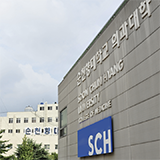
순천향대학교, Soonchunhyang University
-
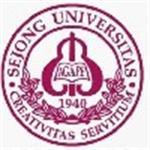
세종대학교,Sejong University
-
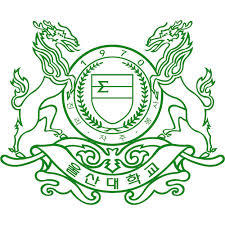
울산대학교,University of Ulsan
-
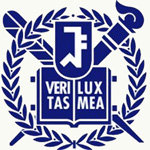
Seoul National University, SNU, 서울대학교
-
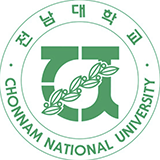
Chonnam National University, 전남대학교
-
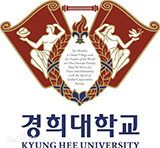
Kyung Hee University
-
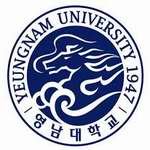
Yeungnam University, 영남대학교
-
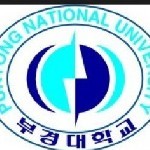
Pukyong National University, 국립부경대학교
-
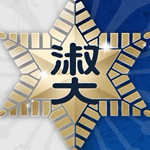
Sookmyung Women's University, 숙명여자대학교
-
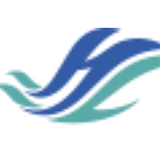
Hallym University, 한림대학교
-

Mesoamerican University
-

Istmo University
-

Mariano Galvez University of Guatemala
-

Regional University of Guatemala
-

Galileo University
-

Francisco Marroquín University
-

Rafael Landívar University
-

University of the Valley of Guatemala
-

University of San Carlos of Guatemala
-

Technological Institute of Tlaxcala Plateau
-

Golfo University
-

Technological University of South Sonora
-

Technological University of Huejotzingo
-

Tizimín Institute of Technology
-

Chilpancingo Institute of Technology

